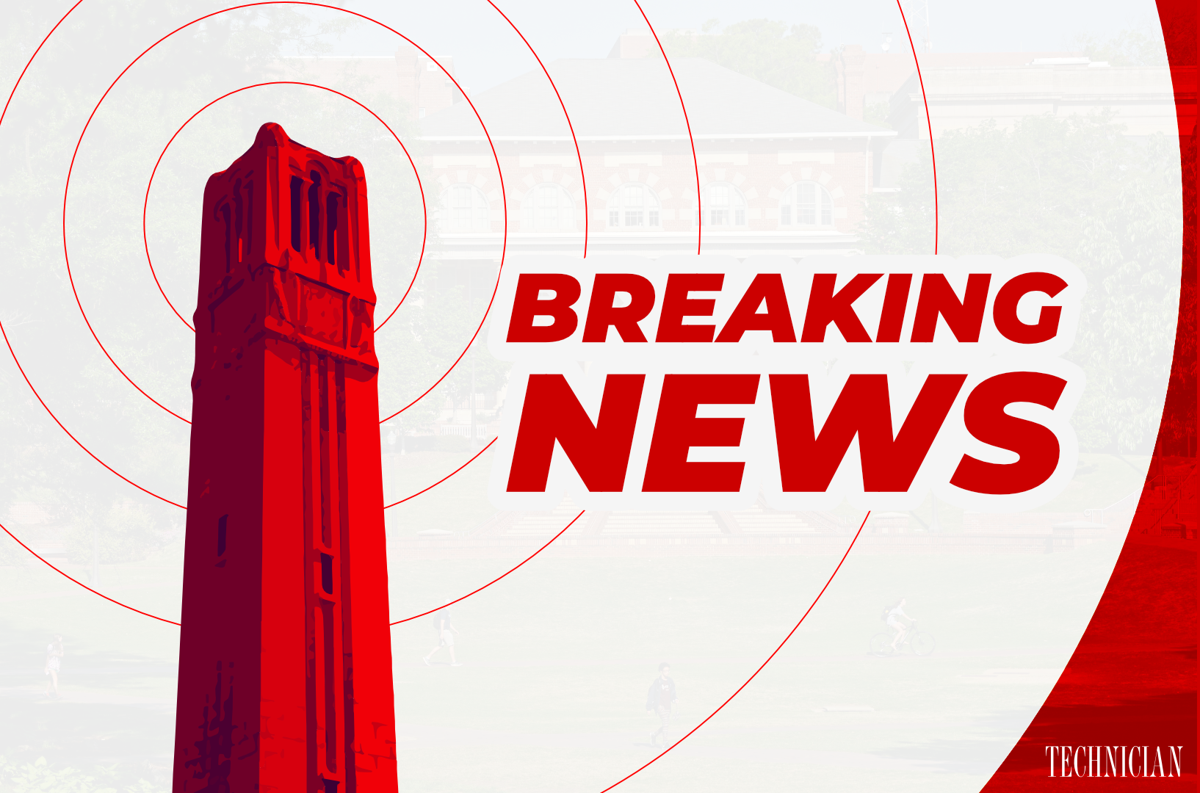The Wake County School Board and the Wake County Board of Commissioners adopted an $810 million school construction bond last week that has become a topic of political debate.
The bond, which has been endorsed by Democrats and condemned by Republicans, would provide most of the funding for the $939.9 million construction program, according to The News & Observer.
Though many politicians disagree, the issue has bipartisan support within the school board.
“It’s important to recognize that the support of the bond is unanimous by all members of the board,” said Jim Martin, school board member and professor of chemistry at N.C. State.
But just a few years ago the school board was notorious for its infighting, ignited by political party ties.
Steven Greene, a professor of political science at N.C. State, says that the school board has made things difficult.
“The Wake County School Board has gone from something being a fairly consensual, relatively nonpartisan political institution, to a quiet partisan polarized body,” Greene said.
Since the 2010 debate concerning the school system’s diversity policy, the school board has become a partisan group, according to Greene.
Greene says the school board partisanship began about four years ago.
Republicans, with support from the state Republican Party, aimed to make school board elections more partisan and put forth a republican slate of school board members with differences in policy goals, primarily diversity policy.
He says the Democratic Party has done the same in their own right after mobilizing to get democrats elected.
“Our board is a nonpartisan board. There’s not a decision that I’ve made that I’ve thought ‘is this a democrat or republican decision,’” said Martin.
Members of the school board and the board of commissioners held joint meetings in the winter and spring of this year to discuss the needs of the county’s school system and made plans for the construction program together.
According to Martin, the school board works in conjunction with the county and its municipality’s demographers to produce data projections. The demographers evaluate them in order to determine infrastructure needs based on population growth.
The school board also works with the Institute for Transportation Research and Education, a center at the University, to make population projections.
The school board determined that the construction program is needed to meet the needs of 2017 to 2018.
According to The News & Observer, the construction program includes building 16 new schools, renovating six schools, upgrading aged tech systems at 79 schools and other new projects.
The 16 new schools alone are expected to cost $533.75 million.
County voters will decide Oct. 18 whether to approve the bond issue or not.
The difference between the $810 school bond issue and the total $939.9 million needed to fund the construction program will be paid in cash from county revenue.
If not approved, the school board and the county commissioners will have to reconvene, and make decisions on based on reevaluating finances and priorities.
Martin said in absents of the school construction bond, there will be increased year-round busing and higher taxes.
“The fund mechanisms to meet the needs, will be much more expensive to the tax payer if we don’t have the bond so you’ll pay more for less…I’m sure we will also be forced to consider expanding year round schools which are popular for some but people sue don’t like to be forced,” Martin said. “If the bond doesn’t go through we’re going to see a lot longer bus rides because where we have capacity is not where we have the highest population growth.”



